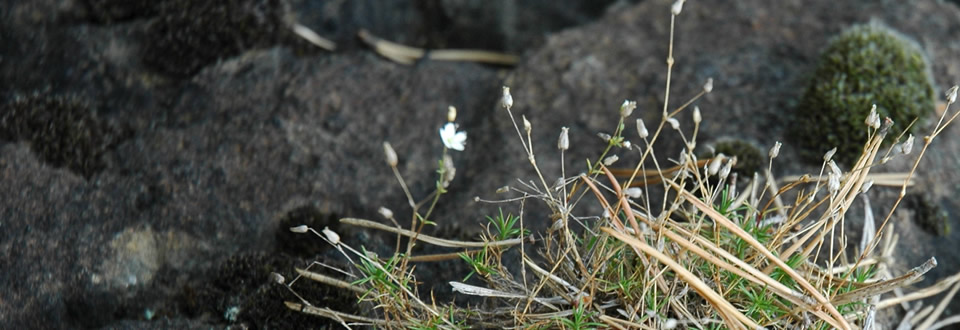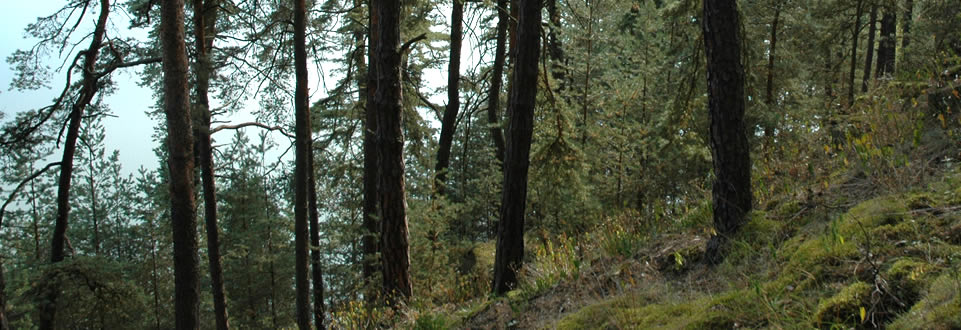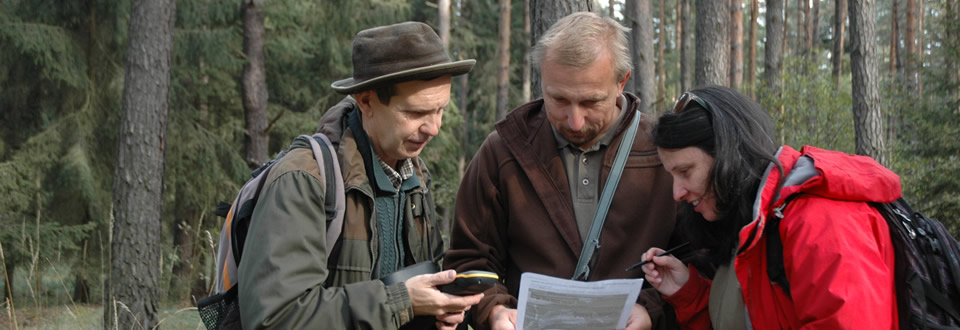Population enhancement
After management implementation on localities, new suitable habitats for Minuartia smejkalii were created, in which we realize the direct populations’ enhancement by sowing the seeds obtained directly on their original localities and by transplantation of juvenile plants.
Sowing
Totally, 1944 seeds were sown on part DK1, 1432 seeds to B1, 5320 seeds to DK2 and 315 seeds to DK3 in two consequent years. The seeds, however, did not geminate. We thus decided that this approach is not suitable and population enhancement as well as species reintroduction should be done only by transplantation of juvenile plants
Transplantation of juvenile plants
Transplantation of juvenile plants was done for 4 consequent years. Totally, 658 individuals was transplanted to part DK1, 247 individuals to the part B1, 170 individuals to the part DK2 and 229 individuals to DK3. Plant survival differed between particular populations. The highest (58.8%) was observed on population DK2, while the lowest (13.4%) on the part B1. Transplanted individuals are flowering, produce seeds with high germination and new seedlings are establishing on all sites.
Photos from population enhancement are available here.
Reintroduction of the species was done on the part, where Minuartia smejkalii became extinct about five years ago. Reintroduction was implemented by transplantation of 1670 juvenile plants in two consequent years. Plants had high survival rate (52.2 %) and produce seeds with high germination rate. New seedlings are establishing on the site.
Photos from species reintroduction are available here.








